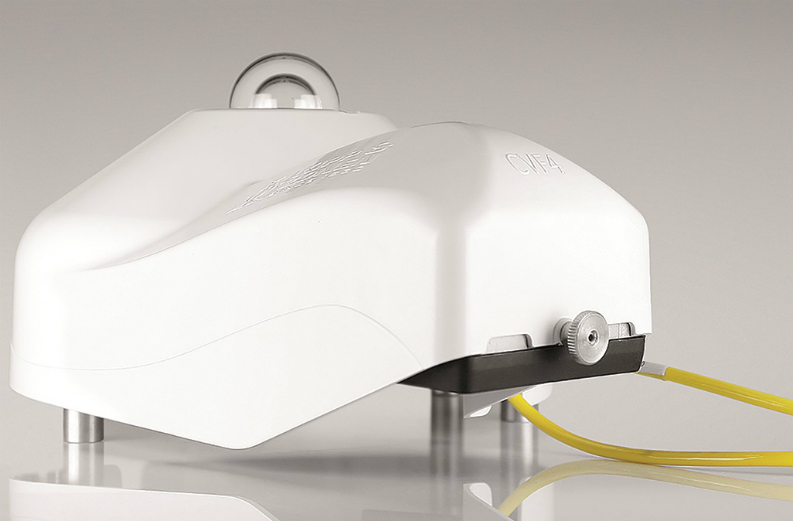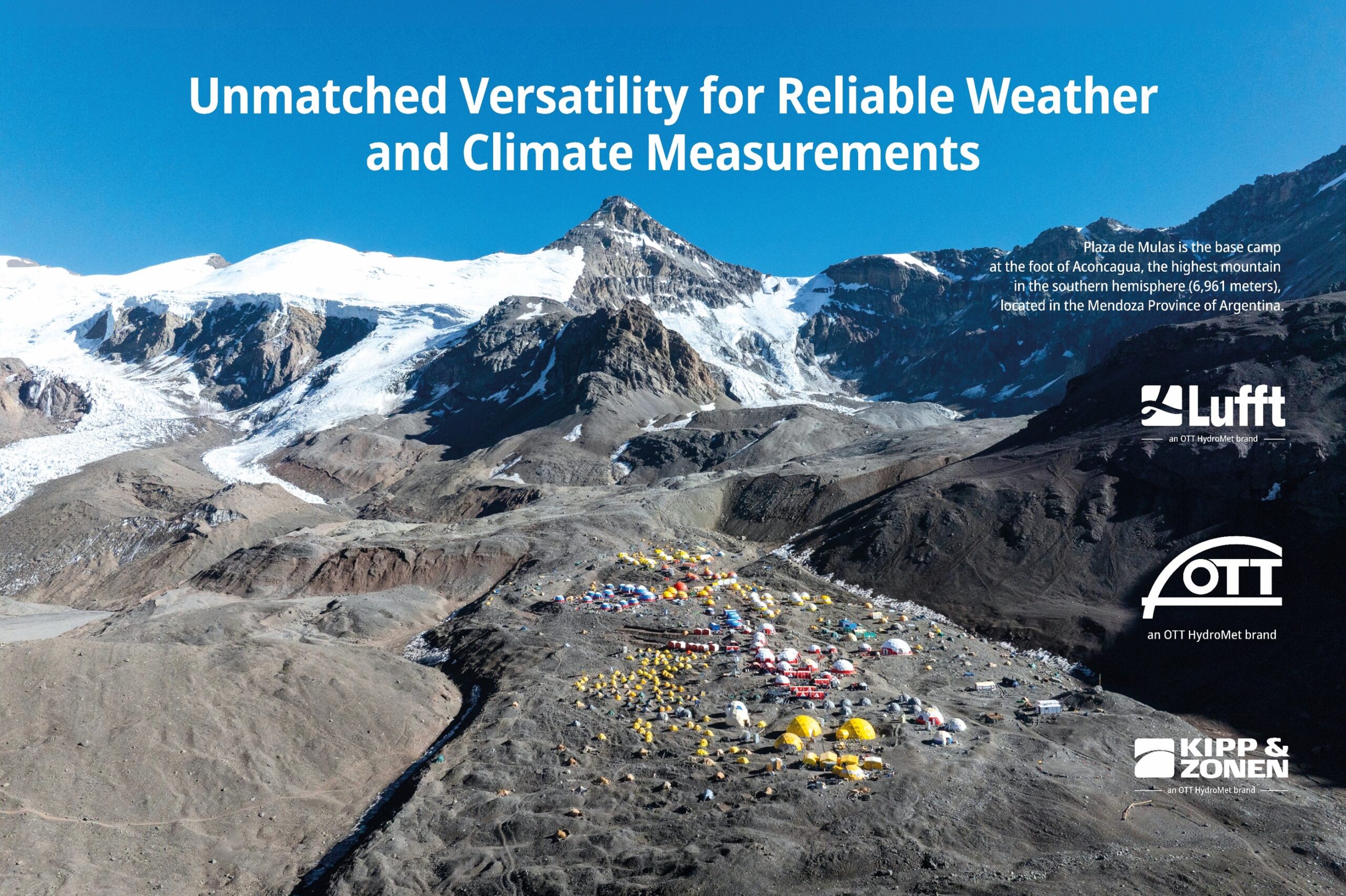The type of pyranometer and the number you need for a PV plant depends on many factors such as the size and location. But there is an industry guideline for solar monitoring in Photovoltaics you can refer to: IEC 61724-1 – Photovoltaic system performance – Part 1: Monitoring.
It outlines equipment, methods, and terminology for performance monitoring and analysis of photovoltaic (PV) systems. It addresses sensors, installation, and accuracy for monitoring equipment in addition to measured parameter data acquisition and quality checks, calculated parameters, and performance metrics. IEC 61724-1 was launched in March 2017 and has some comparisons with the new ISO 9060:2018 standard that is planned to be launched this year. Both standards define Class A, B and C but with a different meaning
The current business practice for leading industrial customers is, to have a pyranometer (such as CMP/SMP 10 or 11) that is Secondary Standard as defined by ISO 9060:1990.
Class A means great care for the maintenance of your pyranometers
A survey showed that the main reason for most companies not to aim for a Class A status for IEC, is the cost-benefit analysis they made. It is too costly to obtain a Class A status:
- The classes A, B and C are site requirements; all individual onsite measurement instruments have to be Class A, in order to obtain a Class A status of the site. It is no use having only one or a few instruments Class A.
For pyranometers, the following costs are associated with Class A:
- Additional recalibration costs
- Additional instrument cleaning costs
- Additional costs of heating & external ventilation units for pyranometers
There are two reasons for the extra steps prescribed by IEC 61724-1 to comply with an optimal Class A: reliability of data and availability of data. To achieve this, dew, frost, soiling and instrument deposition as such should be prevented, and customers have to do good product maintenance. You should at least do all of the below:
- use heating in ventilators or in pyranometers (dew and frost)
- add an external ventilation unit (precipitation and soiling)
- recalibrate your instruments once per year
- clean your instruments every week
By using the CVF4 of Kipp & Zonen, customers comply with a perfect Class A for points 1 and 2.
IEC 61724-1 compliant product bundle
If you are aiming for the IEC 61724-1 Class A we have the perfect product bundle for you: the new CVF4 ventilation unit combined with the SMP10 smart pyranometer. With this combination your solar monitoring will be 100 % IEC compliant.





